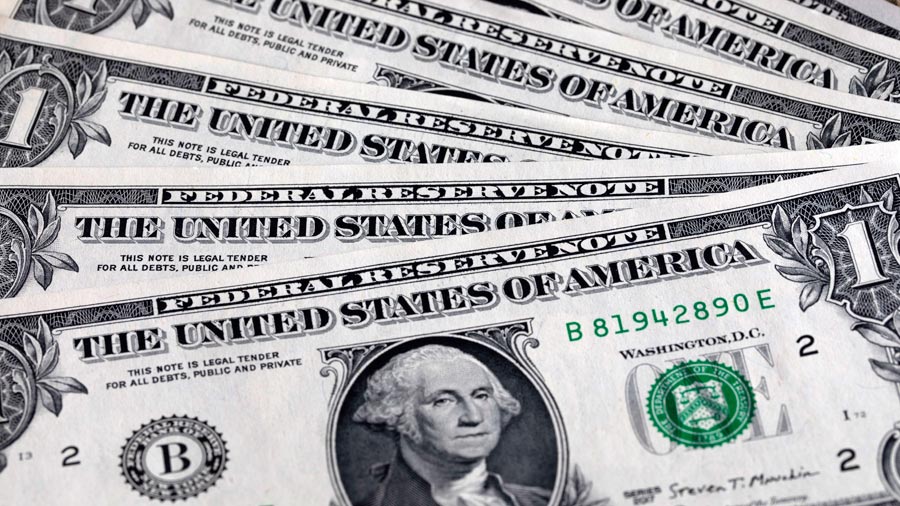
A report from ECLAC details the financial measures taken by governments and raised spending.
El Salvador is the country in Latin America where Central Government spending grew the most in 2020, according to the Fiscal Panorama report of the Economic Commission for Latin America and the Caribbean (ECLAC).
Expenditure by the Nayib Bukele government accounts for 8.4% of gross domestic product (GDP) and has focused on subsidies and current transfers, accounting for 4.3% of GDP, just below of Argentina (5.7%) and Brazil (5.5%) and similar to the expenditure made by Colombia (4.3%), the report states.
At the level of Central America, the public expenditure made by governments in relation to GDP was: Panama 4.9%, Honduras 1.9%, Guatemala 1.7% and Costa Rica, 0.4%.
The ECLAC report also reflects that another percentage of El Salvador’s spending was on loans, interest payments and salary payments.
According to the agency, in El Salvador “the rise in current transfers from the central government is due to the greater resources that were turned over to decentralized institutions (among them, public hospitals).”
The report also cites that spending grew on transfers to the El Salvador Development Bank (Bandesal) to fund the Business Economic Recovery Trust (Firempresa).
The government directed $ 600 million that is within the Firempresa program, which sought to revive the economy and support companies that were hit by the pandemic.
He also notes that the rise in remittances was because they were earmarked for “municipal governments to support them in providing public services in a framework of increased demand for the effect of the pandemic.”
However, this contrasts with the repeated complaints made by the mayors as since June last year the Bukele government has not transferred to them the Fodes (Economic and Social Development Fund), as required by law, and this has brought economic difficulties to the municipalities, to the point that they had to suspend services due to lack of resources.
But Finance Minister Alejandro Zelaya has insisted he has had no money to pay them to the mayors and has even claimed they cannot “force” him to pay the Fuck he owes them. Most communes to which he did not transfer the money will be governed by the pro-government party New Ideas from this May 1.
MORE: Government used $ 476 million for COVID-19 in one month
Latin America spent 4.6% of GDP to combat the crisis
Latin America, the region most affected by the pandemic in the world, spent an average of 4.6% of its GDP on social assistance in 2020 to combat the economic crisis caused by covid-19, a fiscal effort that must be maintained this year, Cepal said yesterday.
The agency warned that the growth expected for this year (about 3.7%) will not be able to compensate for the fall of 2020, nor reverse the increases in poverty and inequality, hence the need for ‘fiscal expansion, especially through subsidies and current transfers.
“The persistence of the pandemic and asymmetries in vaccination, along with asynchronous and divergent recovery rates, put a mantle of uncertainty on the speed and sustainability of recovery,” said the executive secretary of the agency based to Santiago de Chile, Alicia Bárcena.
The Latin American economy contracted by 7.7% in 2020 – the largest recession in 120 years – and poverty and extreme poverty rates soared to 33.7% (209 million people) and 12.5% (78 million), levels not seen in the last 12 and 20 years, respectively.
Without social transfers, Bárcena told Efe, “poverty in the region would have reached 230 million people and extreme poverty 98 million.”
The mass closure of companies led the unemployment rate last year to 10.7%, while the level of GDP per capita per capita ended last year in the same step of 2010, which means that the region is facing a new lost decade, such as the one experienced in the 1980s.
YOU MAY BE INTERESTED IN: INFOGRAPHICS: These are the reforms to the pension system that have distorted benefits for workers in 23 years